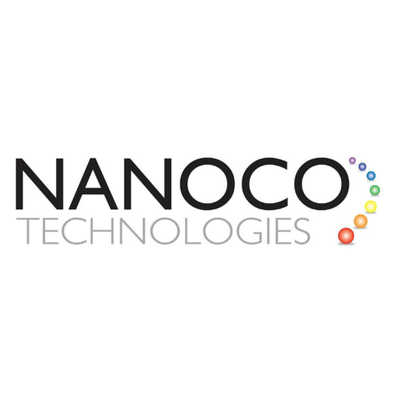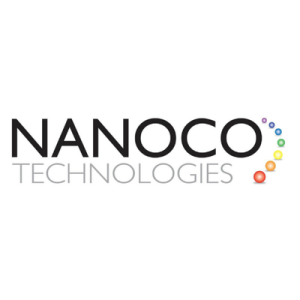Quantum dots—particles 10,000 times thinner than a single strand of human hair—are driving groundbreaking advancements across multiple high-value industries. Their extraordinary optical and electronic capabilities are not just enhancing television displays with vivid, lifelike colours, they’re also redefining sensor technologies by delivering more efficient, affordable solutions. This cutting-edge technology unlocks a vast array of commercial applications, potentially positioning early investors ahead of a transformative industry shift. Quantum dots represent more than microscopic particles; they symbolise massive economic opportunities as their adoption accelerates in consumer electronics, healthcare, and beyond.
Quantum dots are microscopic semiconductor particles uniquely capable of emitting precise colours and manipulating electronic properties at a nanoscale. The ability to finely tune their properties makes quantum dots highly desirable across several technology sectors. In consumer electronics, quantum dots are already elevating television and display technologies by enabling richer, more accurate colours with reduced energy consumption. This development is helping manufacturers create premium displays while simultaneously cutting costs and environmental impact. Moreover, the adaptability of quantum dots is reshaping sensor markets by significantly improving sensitivity, reducing complexity, and making advanced sensing affordable for mass-market adoption. Beyond consumer electronics and sensors, quantum dots hold enormous promise in healthcare through advanced imaging and diagnostic tools, contributing to more accurate medical detection and improved patient outcomes. Investors now have the opportunity to capitalise on quantum dots as the technology continues to mature and penetrate new markets.
Quantum dots represent the core focus of a pioneering technology enterprise leveraging these versatile nanoparticles to create high-performance solutions in displays, sensors, and medical diagnostics.
Nanoco Group PLC (LON:NANO) leads the world in the research, development and large-scale manufacture of heavy metal-free nanomaterials for use in displays, lighting, vertical farming, solar energy and bio-imaging.


